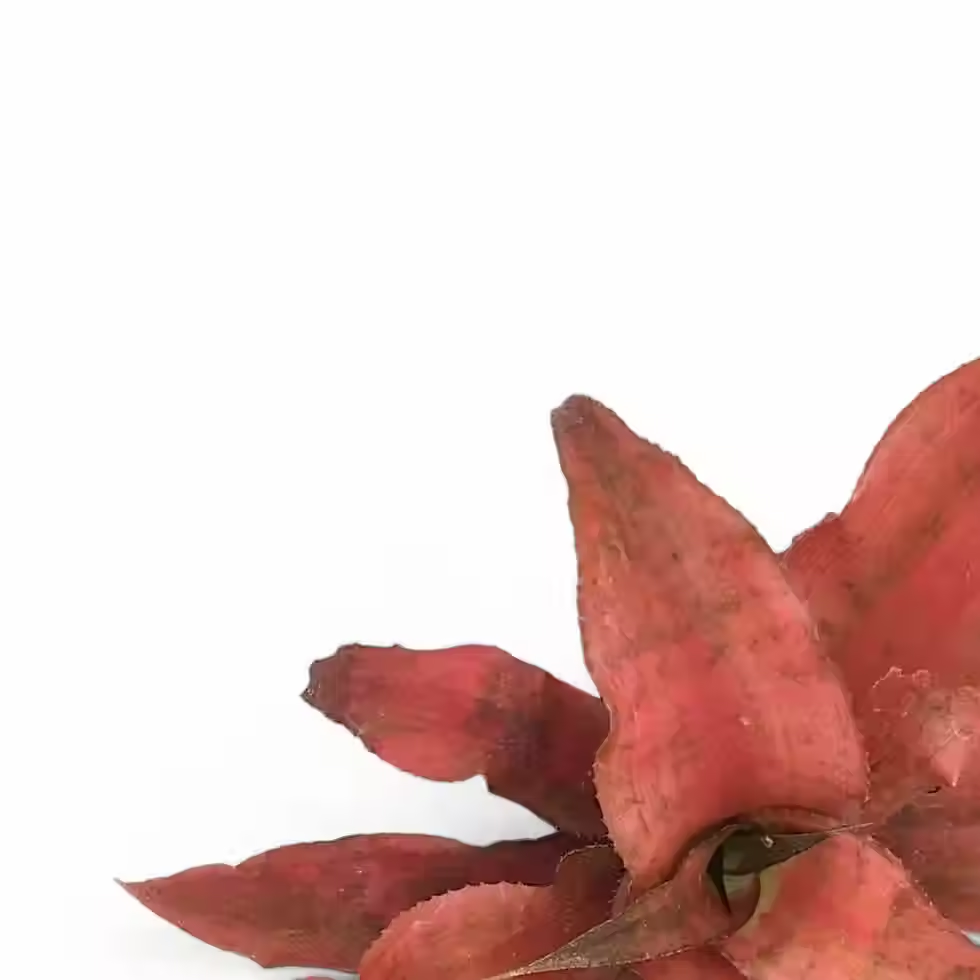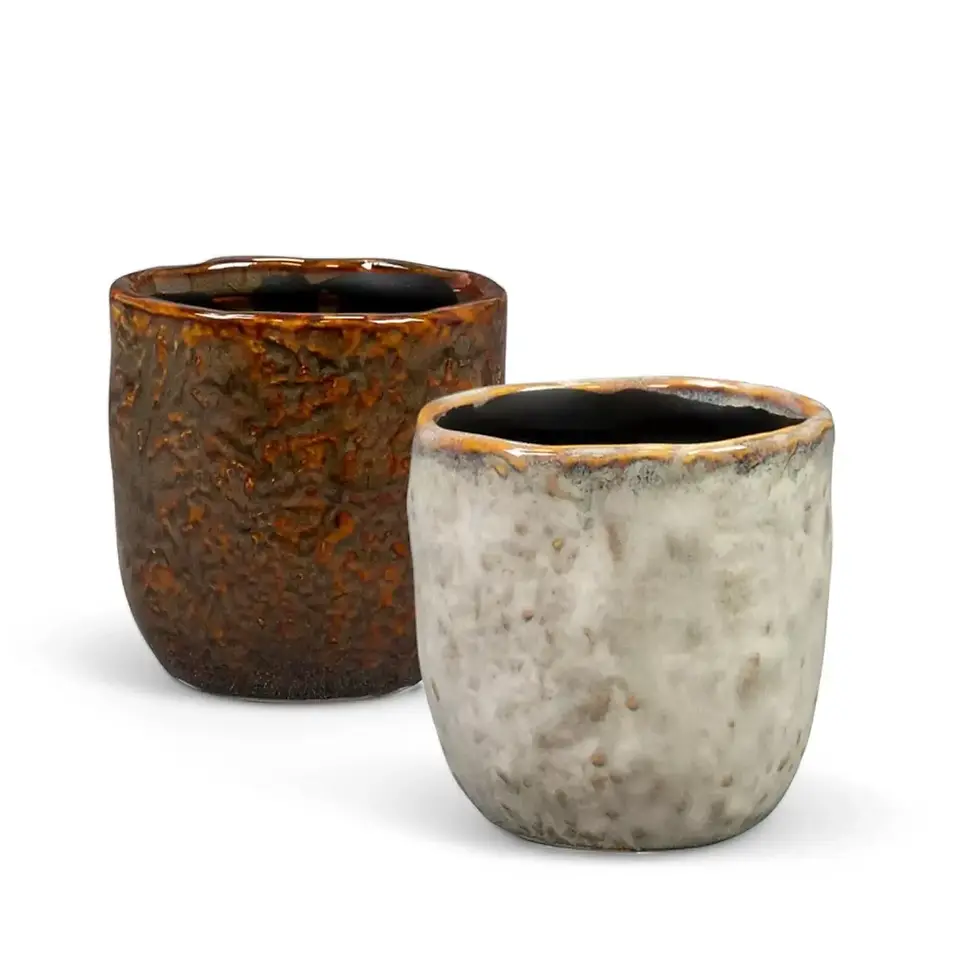Alocasia nebula - Complete Care Guide and Information
Alocasia nebula is an exotic tropical plant cherished for its dazzling silvery-green, bullate leaves and rare status. Hailing from the lush rainforests of Borneo, this compact houseplant combines unmatched elegance with unique features, making it a prized addition to plant collections worldwide. Imagine having a piece of tropical rainforest gracing your space, with its mist-like variegation and textured foliage evoking an ethereal charm that’s hard to resist.
Unique Features of Alocasia nebula
- Eye-Catching Foliage: Thick, quilted leaves with a metallic silver sheen and dark green veins create a stunning 3D texture.
- Compact Growth: Reaching a petite height of 20-30 cm, this species is perfect for desks, shelves, or any cozy nook.
- Rare Origins: Native to the limestone rainforests of Borneo, its exclusivity makes it a collector’s dream.
- Graceful Leaf Positioning: Pendulous to slightly upright leaves add a dynamic visual to your collection.
How to Care for Your Alocasia nebula
→ Light Requirements
- Bright, indirect light is best. Too much direct sun can scorch the leaves, while low light may slow its growth.
- Position it near a filtered light window or in a bright room without harsh exposure.
→ Watering Needs
- Keep the soil consistently moist but not soggy. Let the top 2 cm of soil dry out slightly before watering again.
- Use lukewarm water to prevent root shock and ensure even hydration.
→ Humidity Levels
- High humidity (60-70%) is key. This plant loves a moist atmosphere.
- Boost moisture with a humidifier, cluster your plants together, or try a terrarium.
→ Temperature Tolerance
- Prefers warm temperatures between 18-30°C. Protect it from cold drafts or temperatures below 10°C.
- A stable indoor climate ensures healthy, steady growth.
→ Soil Mix
- Use a well-draining mix enriched with organic matter. Incorporate coarse sand, orchid bark, and perlite for optimal aeration.
- Adding crushed dolomite mimics its natural limestone habitat and provides extra support for lush growth.
→ Repotting and Pot Selection
- Repot every 1-2 years or when roots outgrow their container. A pot with excellent drainage is a must.
- Choose a pot that fits snugly but allows for slight root expansion—oversized pots can lead to overwatering issues.
→ Fertilizing Tips
Feed every 4-6 weeks with a balanced liquid fertilizer to encourage healthy growth. Avoid over-fertilizing as it may cause salt buildup in the soil.
→ Propagation Methods
- Produces small corms just at or below the soil surface. These can be removed and replanted once dormancy ends.
- Plant corms in a moist, well-draining mix and keep them warm and humid for successful propagation.
Semi-Hydroponics and Hydroponics
- Semi-Hydroponics: Adapts well to setups like inert substrates. Keep the water level below the root zone to avoid rot.
- Full Hydroponics: Thrives in nutrient-rich hydroponic systems. Keep the pH between 6.0-6.5 for optimal results.
→ Pruning Guidelines
- Regularly remove yellow, damaged, or aging leaves using sterilized tools.
- Occasional pruning helps direct the plant’s energy toward new growth.
→ Optimal Placement
- Keep your Alocasia nebula in a spot with stable light and humidity levels, away from heating vents or air conditioners.
- Pair it with neutral or minimalist planters to emphasize its striking foliage and unique texture.
→ Growth Rate
A slow to moderate grower, producing a few new leaves each year under ideal conditions. Growth may slow in less favorable conditions.
→ Toxicity Alert
Alocasia nebula is toxic if ingested by pets or humans. Keep it out of reach to prevent accidental ingestion or irritation.
Addressing Common Problems with Alocasia nebula
→ Pests
- Spider Mites: Spot fine webbing? Increase humidity and treat with neem oil, or use beneficial insects or insecticidal soap.
- Mealybugs: Remove white clusters with an alcohol-soaked cotton swab. A systemic insecticide can help for severe infestations.
- Thrips: Yellowing or stippled leaves? Sticky traps and insecticides help eliminate these pests.
→ Root Rot
Prevent root rot by avoiding waterlogged soil. If detected, trim affected roots and repot in fresh, airy soil.
→ Leaf Issues
- Yellowing Leaves: Often caused by overwatering. Adjust your watering schedule and check drainage.
- Browning Tips: Low humidity or inconsistent watering is usually the culprit. Increase moisture and water regularly.
- Drooping Leaves: Underwatering, cold exposure, or sudden environmental changes can cause this.
Extra Tips for Thriving Alocasia nebula
Think of this plant as rainforest royalty. Mimic its natural limestone-rich habitat by clustering it with other tropical plants, using airy soil mixes, and maintaining a stable environment. These small adjustments ensure your Alocasia doesn’t just survive—it thrives!
Etymology and Background
The name “nebula,” derived from Latin, means “vapor” or “mist,” reflecting its cloud-like variegation. First discovered near Kuching, Sarawak, in the 1990s, it has since become a collector’s treasure for its beauty and rarity.
FAQs
- Does Alocasia nebula require high humidity? Yes, 60-70% humidity is ideal. Consider a humidifier or group plants together.
- How do I propagate Alocasia nebula corms? Plant corms in a moist, well-draining mix. Keep them warm and humid for best results.
- Is Alocasia nebula safe for pets? No, like all Alocasia plants, it is toxic to pets and humans.
Order Your Alocasia nebula Today!
Transform your space with the rare beauty of Alocasia nebula. Order yours today and elevate your plant collection!
Alocasia nebula
You will receive the plant in the pictures. If there are more options available, please select one to see the relevant plant pictures.
If you require Additional Informationrmation, details or photos of a particular plant, please don't hesitate to contact us, we are happy to help.
The first picture is always a representative picture.

























































